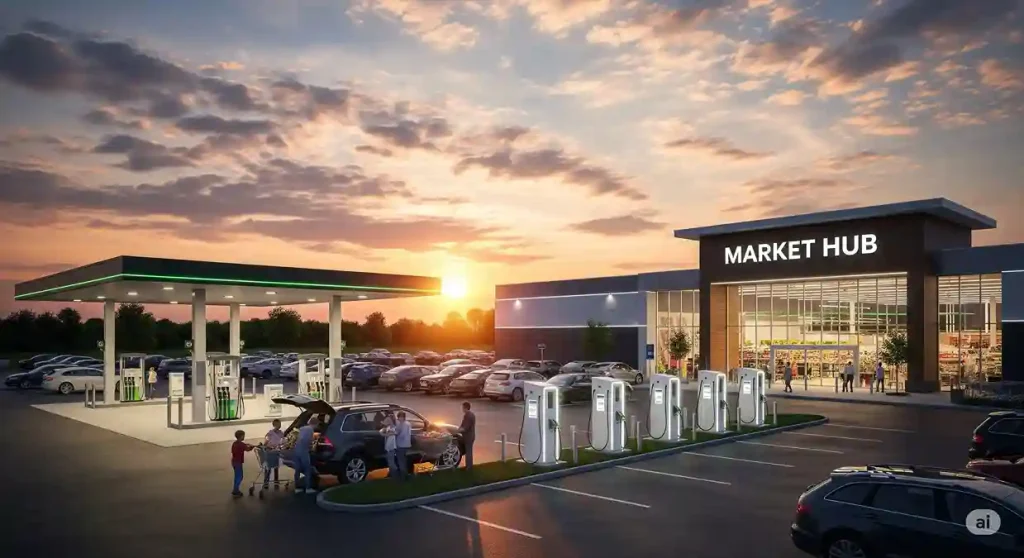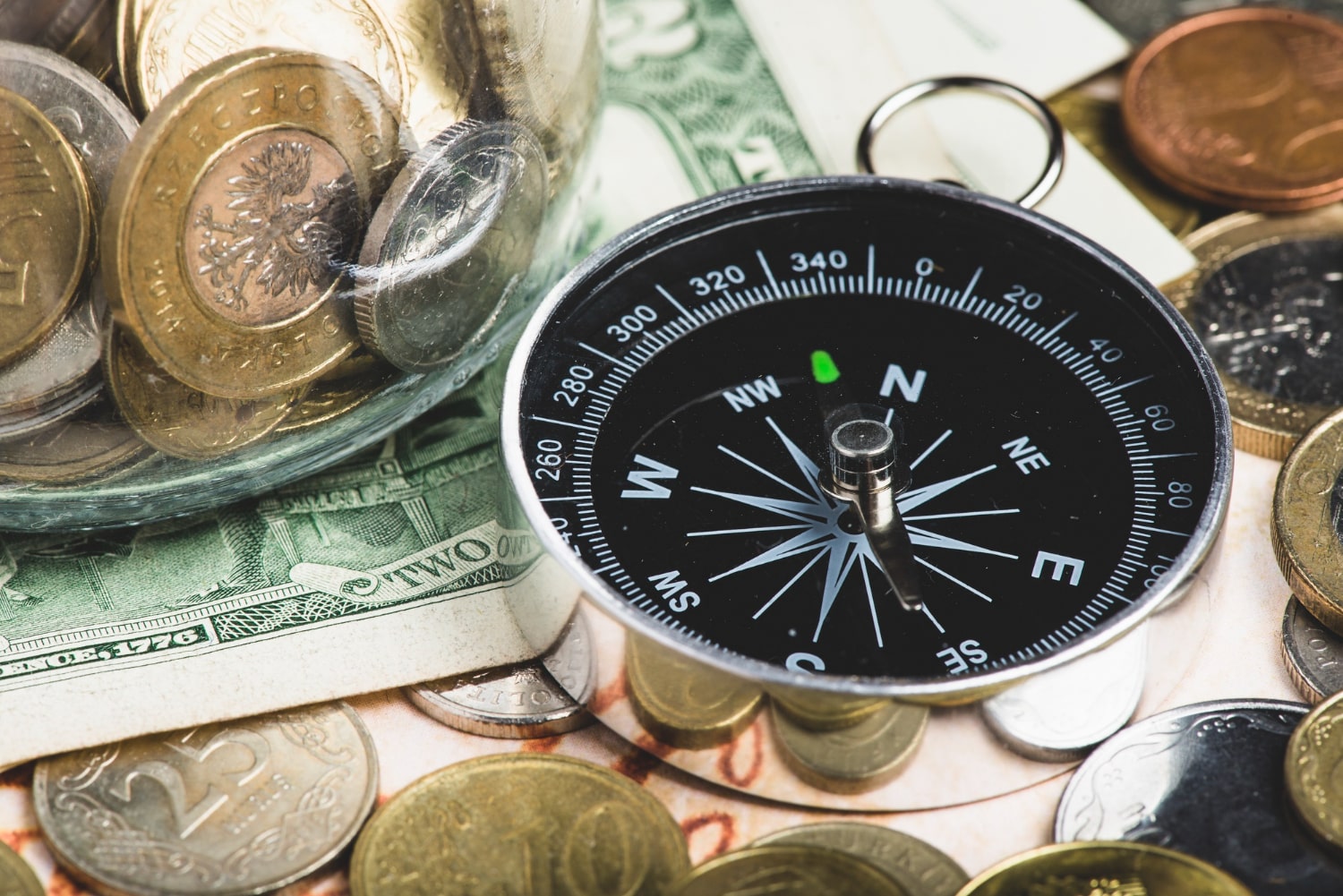Introduction
Have you observed how colossal retail empires are encroaching upon the retailers entering fuel business? Behemoths like Walmart and Costco are no longer confining themselves to groceries and merchandise—they are annexing petrol pumps into their commercial ecosystems. But the motive transcends the mere dispensing of gasoline; it is a calculated orchestration to metamorphose the shopping voyage while sculpting alternative streams of revenue. Let us unravel the crescendo of this movement, its merits, impediments, and the vista it unveils for tomorrow.
The Transformation of Retail and Fuel
Historically, the dominion of fuel vending lay in the hands of oil conglomerates and solitary gas stations. Gradually, convenience marts welded pumps to their doors, granting patrons the allure of dual-purpose stops. Today, the tide has shifted further—supermarkets and titanic retailers discern fuel not as a peripheral business, but as a magnetic beacon that reels customers into their emporiums.
Why Retailers Are Penetrating the Fuel Sphere
What ignites this transition? Retailers ceaselessly hunt for novel terrains of growth. Fuel entices customers with relentless regularity, and once on-site, these patrons are entangled in spending more within the aisles. It becomes a dexterous method to broaden income while amplifying brand omnipresence.
Prime Advantages for Retailers
Fortified Customer Allegiance
Fuel rebates and loyalty enticements tether patrons with invisible cords. When weekly grocery expeditions translate into discounts at the pump, shoppers develop enduring fidelity to the retailer.
Synergistic Sales Potential
Picture a driver replenishing their tank, only to recall their need for refreshments, caffeine, or even pantry staples. Retailers seize these impulsive desires to elevate profit margins.
Commanding Competitive Edge
In the labyrinthine retail arena, possessing fuel services becomes a formidable separator. Not every rival extends this luxury, thereby gifting the providers a decisive advantage.
Broadened Consumer Spectrum
Fuel twinned with retail manifests unparalleled convenience. In one sojourn, errands dissolve—parents in haste, commuters pressed for time, and travelers on highways all gravitate toward this one-stop sanctum.
Augmented Profitability
Although petroleum margins remain slender, the appended convenience purchases are goldmines. Bottled drinks, confections, and swift meals yield richer profits than the retailers entering fuel business that initially attracted the customer.
Obstacles Retailers Encounter in Fuel Commerce
Regulatory Entanglements
Fuel distribution is shackled with intricate codes—safety mandates, environmental ordinances, and zoning labyrinths. Retailers must traverse these ever-shifting legal terrains with precision.
Colossal Capital Requirements
Erecting a fuel station exacts immense outlays. Tanks, pumps, and compliance structures require millions before the first gallon flows.
Merciless Competition
Fuel is priced on a razor’s edge, dictated by volatile global oil fluctuations. Retailers must juggle affordability with sustainable returns.
Supply Chain Fragility
Dependable fuel pipelines are indispensable. Any fracture in continuity risks fracturing customer trust, which hinges on constancy.
Ecological Demands
As the drumbeat for green energy grows thunderous, retailers confront intensifying pressure to embrace sustainability—whether through cleaner fuels, carbon-neutral pledges, or renewable expansions.
Case Vignettes: Retail Titans in Fuel
- Walmart: Select sites host fuel stations, embedding convenience into the shopping ritual.
- Costco: Esteemed for budget-friendly fuel, Costco entwines its membership model to fortify loyalty.
- Tesco (UK): A seamless fusion of groceries and fuel, cementing itself as indispensable to households.
Technology’s Ascendancy in Fuel Retail
Digital ingenuity has reshaped the pump-to-store experience. Mobile wallets facilitate pump-side payments, artificial intelligence orchestrates adaptive pricing, and loyalty applications curate bespoke discounts. These integrations render the retail-fuel nexus nearly frictionless.
The Horizon of retailers entering fuel business
Electric Vehicle Infrastructure
The electric tide surges. Retailers increasingly install EV charging bastions alongside pumps, ensuring relevance in an evolving landscape.
Renewable Integration
Visionary enterprises invest in solar grids, wind harnessing, and biofuel initiatives—laying foundations for resilience in an eco-centric era.
Individualized Commerce
Through data, retailers will tailor fuel discounts, recommend products, and engineer targeted promotions, sculpting a personalized consumer odyssey.
Blueprints for Retailer Triumph in Fuel Trade
- Forge alliances with oil entities for operational mastery.
- Elevate customer experience with brisk service, immaculate grounds, and congenial staff.
- Exploit data analytics to refine pricing, enhance loyalty schemes, and sculpt individualized incentives.
Conclusion
Retailers entwining themselves with fuel is no fleeting fad—it is a deliberate stratagem to harness loyalty, diversify streams of capital, and prime themselves for the energy future. From gas dispensers to EV chargers, this sector is a living organism, mutating swiftly. For these merchants, the essence of fuel transcends combustion—it symbolizes propulsion toward growth.
FAQs
Why are retailers delving into fuel now?
To diversify income, magnetize patrons, and anchor brand fidelity.
What boons arise from fusing retail and fuel?
Convenience, escalated store traffic, heightened sales, and fortified advantage.
How does fuel strengthen customer loyalty?
Discounts and reward systems anchor customers to recurrent engagement.
Will EV hubs obliterate fuel stations?
No, but they shall stand shoulder to shoulder as complementary forces.
What hurdles must retailers brace for?
Exorbitant costs, labyrinthine regulations, unyielding competition, and the green transition’s demands.




2 thoughts on “Retailers Entering Fuel Business: Guide to the New Trend”